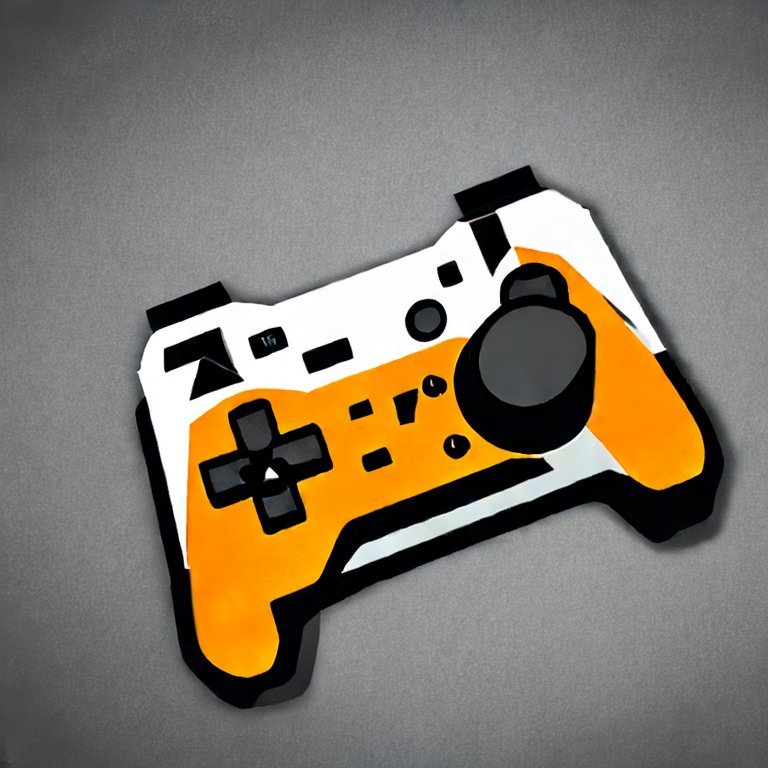- cross-posted to:
- nintendo@lemmy.world
- cross-posted to:
- nintendo@lemmy.world
Japan’s patent office has rejected a Nintendo application related to its Palworld lawsuit, citing a lack of originality. The decision raises questions about the validity of several Nintendo patents describing creature capture systems that are central to the company’s complaint against Palworld.
…
In late October 2025, the Japan Patent Office rejected Nintendo’s patent application no. 2024-031879, which is related to the family of creature-capture patents that Palworld is accused of infringing. A JPO patent examiner found that the application lacks originality to be deemed an invention, citing prior art such as Monster Hunter 4, ARK: Survival Evolved, gacha browser game Kantai Collection, Pocketpair’s own Craftopia, and even Pokemon GO. All of those were released prior to the December 2021 priority date from the rejected application.
Nintendo has 60 days from the date of its rejection notice to amend its application or appeal the decision, giving it until late December 2025 to do so. Since the application isn’t cited in the Palworld patent lawsuit directly, its rejection won’t have a direct impact on the ongoing case. However, as explained by Games Fray’s analyst Florian Mueller, the newly rejected application is a “key building block” in Nintendo’s strategy to capture a wide range of creature-capture system implementations. It is the child of patent JP7493117 and the parent of JP7545191, both of which are cited in Nintendo’s complaint.
tl:dr;
The Nintendo v PalWorld lawsuit is still on going, but Nintendo has been told it’s attempt to patent the concept of a capturable and summonable creature is invalid, in Japan.
As part of their ongoing lawsuit, Nintendo is claiming PalWorld has violated those… now invalid patents, so Nintendo’s overall case against PalWorld is now significantly more weak.



Sorry I got in qn edit after your post, but basically, PalWorld can now just directly challenge the validity of the child patent, probably in this case or as an adjoiner to it.
It isn’t guaranteed to work, but it’s a clear option now.
Beyond that:
So, 1 makes sense from the perspective of trying to keep the entire patent system… some level of sane.
But, normally, you’d file all of those children patents basically all at the same time time.
Here’s my thing I invented, it does a lot of crazy new shit, heres the thing, here’s crazy thing 1, 2, 3, etc.
For point 3… I have read through some of the US patents Nintendo has been filing recently, and one thing that greatly confuses me is that they almost always literally include diagrams of and a multitude of specific references to specific Nintendo hardware.
I am not sure if this is their US legal team just following Japanese norms and potentially giving a challenger an out, on the grounds that… they’re not claiming to do some patented thing on say a Switch…
Or, if this actually makes sense and would work within the US legal system.
I’ve read a number of other US patents in my time and… I at least have not seen too many conceptual, software method concepts that can be broadly applied to nearly any hardware… be so specific with their example use case.
And for point 4… I mean yeah, that’s the ‘flood the patent office’ strategy where you’d do that basically just if you are iterating on something you already hold… but… that seems dubious when the parent patent fails, beyond generating more paperwork for the lawyers.
I guess it also effectively restarts any kind of timer for patents that expire after some amount of time… if that is a thing that happens. It is in the US at least.